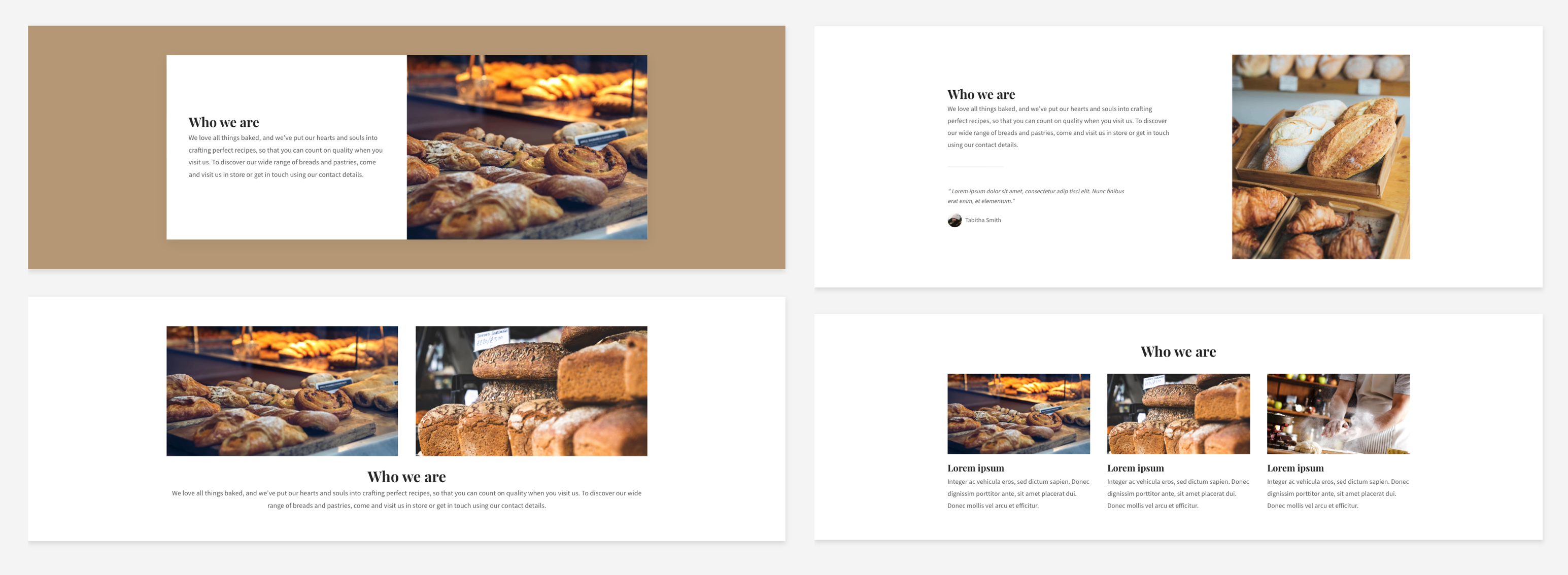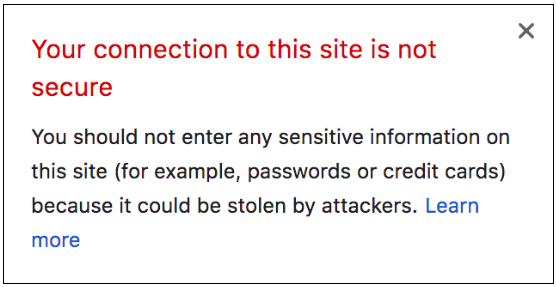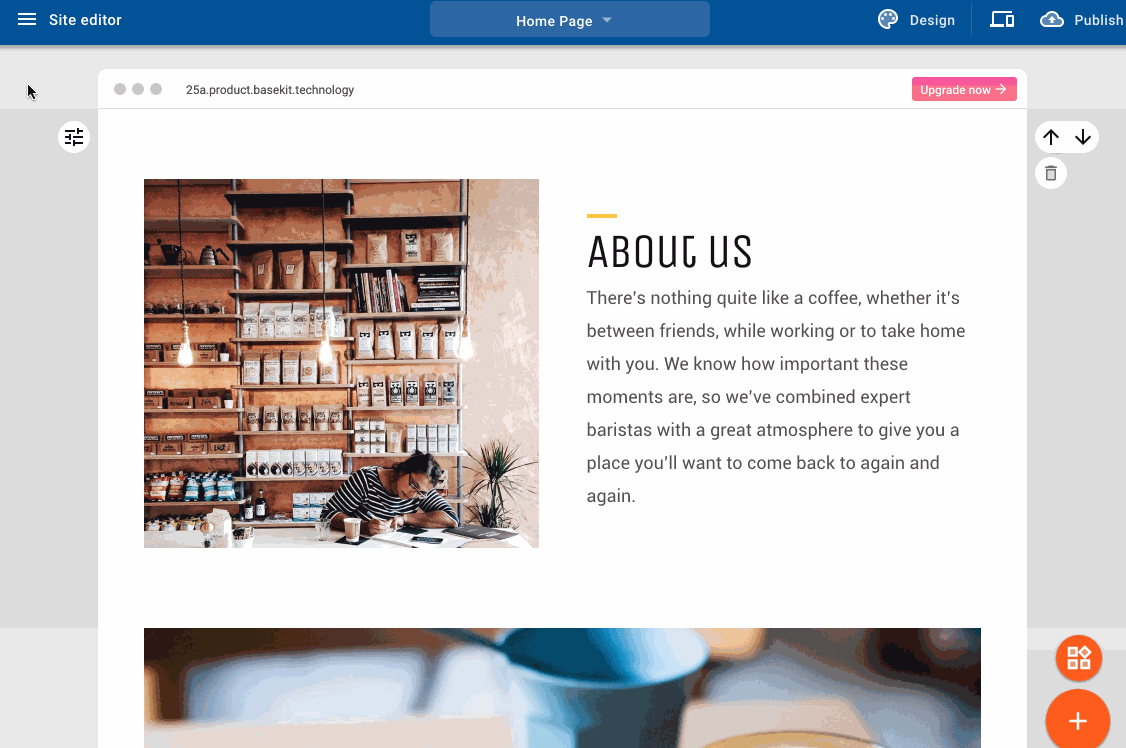Whether you’re starting a new business or simply have a hobby you’re passionate about, a website is an excellent way to share it with the world. But, when it comes to actually build a website, the options can seem a little bit daunting. If you’re looking for the easiest way to build a website, this article is for you.
Here are 4 different ways to get your website up and running – starting with the most difficult:
4. Most difficult: Doing it the old-fashioned way
Let’s begin with the most time-intensive option on our list: doing it all yourself by hand. This option will be almost exclusively reserved for the technically minded among us, but – put simply – anyone can build a website using HTML and CSS code. In fact, just by writing a couple of lines of text in a text document, you can technically build a functioning website. But if you’d prefer an option which doesn’t require learning to code, read on…
3. Slightly less difficult: Install a Content Management System and use a theme
A content management system, or CMS, is essentially a piece of software you can install on your own website which allows you to build a website more easily. WordPress is perhaps the most popular example, offering countless themes which can get you started quite quickly. That said, actually finding a theme which is suitable for your needs can take time, and you’ll find that your website may look similar to many others. A CMS is certainly fast, but they often require updates and the majority rely on third-party plug-ins to provide enough functionality.
2. Getting easier: Work with a dedicated web designer
If you want to go to the other extreme and have a completely hands-off website building experience, you can find a web designer or developer. There are many freelancers out there who will be able to help, but you’ll need to be very detailed about what it is you want. Your brief will need to be quite precise so that the designer can make your vision come to life, which can be quite time-consuming. Also, because you’re hiring a real person to help, this can also be a quite expensive option.
1. The easiest way to do it: Use a do-it-yourself website builder
Now we arrive at what is perhaps the easiest option for those who want a unique website which is also simple to build. Using a website builder, you don’t have to worry about writing a single line of code or browsing through endless themes. You can simply drag and drop the text and images you want on your website and make things look exactly how you want them. With a website builder, your site can be launched in a matter of hours – and it’ll look great, too. You’ll have complete control over your content, time and expenses.
Now that you know just how easy it can be to create your own website, why not give it a go yourself? In fact, with Go Sitebuilder’s free trial, you can discover the ease of building a website without spending a penny.



















